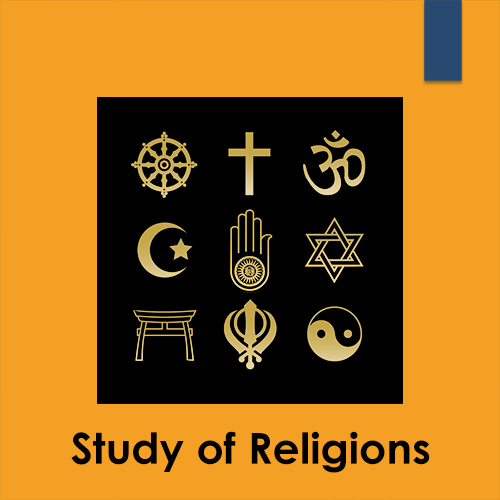
Lecturer:
Dr. Jenny Butler
Department: Department, School of Society, Politics and Ethics
Discipline: Study of Religions
Integration of GCDE
Based on mixed methodology research including ethnographic fieldwork and historical analysis, this research project examines the “sacred” landscapes of Ireland in cultural, social and historical context. Specific places, complexes of sites, and geographical areas are imbued with meaning and have what humans perceive to be religious or spiritual significance and qualities. The project documents traditional knowledge and ways of understanding such sites, topographical features and areas of land and their numinous associations in Ireland. A deeper understanding of the meaningful interconnection of people and place adds to awareness of the wider world and peoples’ embeddedness in physical and cultural space, but also their connection to each other and global concerns about the environment, intangible cultural heritage, built heritage, and sustainable living. The value of traditional knowledge and sense of place transcends political and geographical boundaries: everyone belongs on this earth, each individual and community is rooted to place. How traditional worldviews are instilled in temporal and physical space is here explored through exploration of loci with spiritual significance in traditional Irish worldview. The ocean and the mounds and caves of the natural landscape as well as human-made forts, burial tumuli and ancient megalithic structures (stone circles, standing stones, and pre-Celtic sites such as Newgrange and the Hill of Tara in Co. Meath) are associated with the spiritual realm or otherworld in Irish tradition. These places are traditionally understood as the habitation of magical beings and deities, and to be points of intersection with the spiritual realm. Irish mythological accounts found in medieval manuscripts refer to the aos sídhe or “people of the mounds”, otherworldly people hidden to usual human perception and referred to in later centuries as the “fairies”. A spiritual connection to place, and the underlying framework of traditional knowledge in this regard, is an important facet of life found cross-culturally. Gaining insight into the unique context of Ireland in this case study will increase awareness and comprehension of spirituality in place and enable cultural and religious literacy when approaching other cultural contexts. In specific geographical and cultural contexts, such as that of indigenous peoples of Amazonia or First Nations peoples in North America, there has been legal and social consideration as well as academic scholarship on human rights issues concerned with ties to place and spiritual connection with, and access to, land and ancestral sites of significance. This approach seems novel in the European context, and while the historical and cultural situation is markedly different, there seems much to be gained from highlighting the value of indigenous knowledge and its ties to place. Colonisation and political suppression of aspects of Gaelic culture alongside industrialisation and modernisation processes led to the marginalisation of traditional worldviews, especially in relation to sacred landscapes which were and are oftentimes viewed as obstructions for those with agendas in industry and transport infrastructure, traditionally special sites as obstacles to be rid of rather than respected and preserved. Such an evaluation of social, political and environmental factors in tandem reveal the root causes of injustice – the marginalisation of traditional worldviews, denigration of intangible cultural heritage, and the destruction of built heritage and natural topographical features – and the project has the objective of presenting knowledge of place as a reintegrative framework where people can see the intertwining of place, meaning, and belonging. From this framework, we can distil shared meaning of the environment/world as sacred and explore local-global links.
One project outcome will be a peer reviewed publication on this topic and its merit as regards global citizenship and development education.
